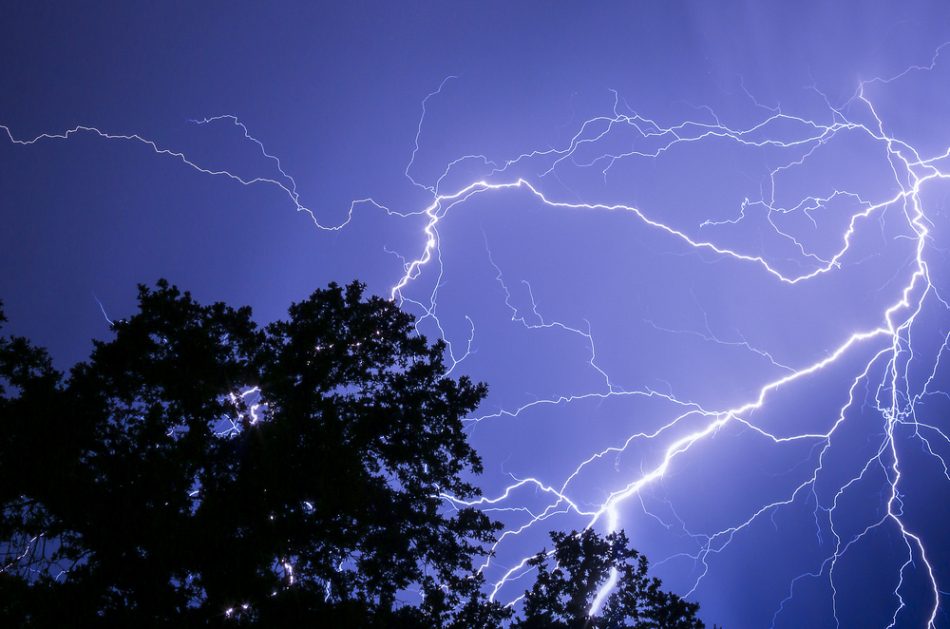While fascinating to the eye, dry lightning strikes are actually an ominous phenomenon, especially during wildfire seasons. In the past year alone, the blazes of several large bushfires in Australia and the western US are thought to have been sparked by lightning strikes.
A team of international scientists believes they have found a way to navigate these threatening electrical discharges away from wildfire-prone areas to a safe target, with the help of laser technology.
The authors of a new research paper from the University of South Wales claim that small, portable laser pointers could be used to guide lightning strikes. As explained by co-author professor Andrey Miroshnichenko, storm clouds could be short-circuited by using a hollow laser, similar to a pipe of light, to deliver particles into the clouds and draw lightning strikes.
The concept isn’t new. Previous attempts to guide lightning bolts have been made by scientists, only these involved high-powered lasers which made the technique dangerous, expensive, and unreliable. But according to the recent study, the idea might work just as well, using small, low-intensity laser pointers.
In a lab environment, the scientists used a laser tractor beam to predict the path of an electrical discharge to specific targets. “It turns out that to deliver particles, you do not need high-intensity lasers, even low intensity like your laser pointer will be already enough,” Miroshnichenko said. Using a tractor beam with a hollow center, micro-particles in the air could be heated up and delivered to a specific point and trigger an electrical discharge.
Although the method is yet to be tested outside the lab, it could potentially be used to control dry lightning strikes and thus prevent bolts from sparking wildfires. “We can imagine a future where this technology may induce electrical discharge from passing lightning, helping to guide it to safe targets and reduce the risk of catastrophic fires,” said co-researcher Vladlen Shvedov from the ANU Research School of Physics.











